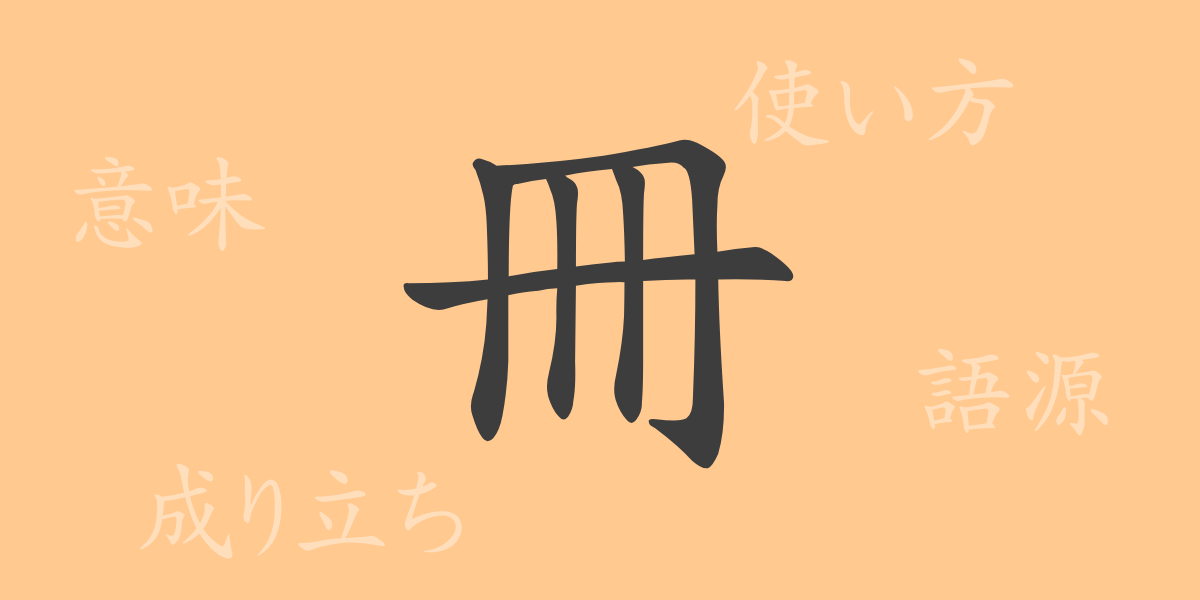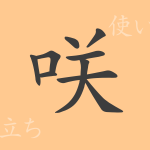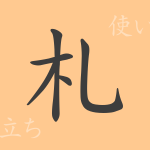Japanese culture has been vividly expressed through its rich writing system. Among these characters, the kanji “冊” (さつ, satsu) holds a significant presence in our daily lives. This article explores the historical background, modern meanings, usage, and deep connection of “冊” with the Japanese people. Whether you are a book lover or not, delving into the story behind this single character might reveal new discoveries.
Origin of 册 (さつ, satsu)
The kanji “冊” (さつ, satsu) originates from ancient China, depicting the bundling of bamboo or wood to create books. From this imagery, it evolved to be used as a unit of measurement for books. Historically, it was also written as “册” and referred to documents containing titles or orders given by emperors to their subjects. Over time, this character was introduced to Japan and underwent unique development, remaining closely integrated into our daily lives up to the present day.
Meaning and Usage of 册 (さつ, satsu)
In modern Japanese, “冊” (さつ, satsu) is primarily used as a counter for books, booklets, magazines, and other similar items. It can also refer to the books themselves, with its usage subtly changing depending on the context. For instance, “三冊の本を買った” (さんさつのほんをかった, I bought three books) counts the number of books, while “彼の作品が冊になった” (かれのさくひんがさつになった, His works became books) refers to the books themselves.
Readings, Stroke Count, and Radical of 册 (さつ, satsu)
“冊” (さつ, satsu) is a commonly used kanji in everyday Japanese life.
- Readings: The on’yomi (音読み) reading is “サツ” (satsu), and there is no specific kun’yomi (訓読み) reading.
- Stroke count: It has a total of 5 strokes.
- Radical: The radical is “冂” (けいがまえ, keigamae).
Idioms, Phrases, and Proverbs Using 册 (さつ, satsu) and Their Meanings
Idioms, phrases, and proverbs incorporating “冊” (さつ, satsu) are often related to books and culture. For example, “一冊の絵本” (いっさつのえほん, one picture book) signifies an important tool for nurturing children’s imagination. The archaic term “冊封する” (さくほうする, sakuhou suru) refers to the ancient Chinese ceremony where the emperor granted fiefs to vassals. Additionally, “冊子” (さっし, sashi) means pamphlets or booklets, widely used as tools for conveying information.
Conclusion on 册 (さつ, satsu)
The history and culture embedded in a single kanji reflect the identity of its country. Through “冊” (さつ, satsu), we gain insight into Japan’s reading culture and methods of information transmission. Even in the digital age, the meaning and value of this ancient character remain vibrant, continuing to live within our daily lives. The tactile sensation of turning paper pages and the historical weight conveyed through books are treasures we should continue to cherish.

























